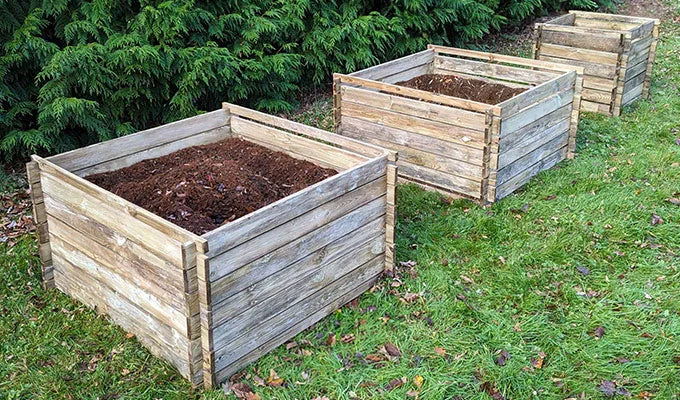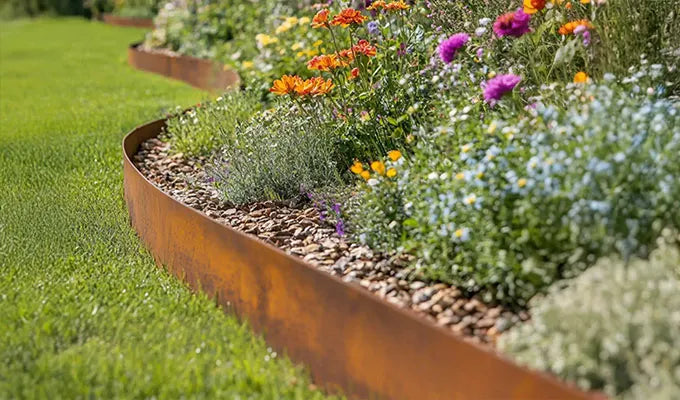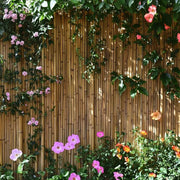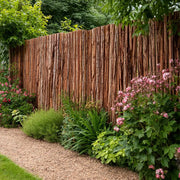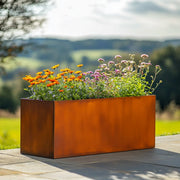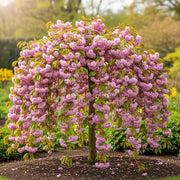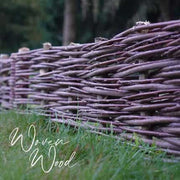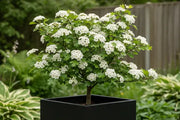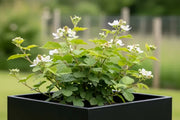The Hawthorn: A Tree of Seasons, Superstition, and Sustenance
The hawthorn, or 'Quickthorn' (Crataegus monogyna), is an iconic feature of the British countryside. Its resilient presence defines our hedgerows, woodlands, and even urban green spaces, offering a beautiful spectacle through the seasons. Perfectly adapted to the varied English climate, it thrives from exposed coastal winds to inland frosts, enduring challenging conditions with ease.
Through the year, the hawthorn undergoes a remarkable transformation. In spring, it bursts forth with its abundant, creamy-white blossom, often referred to as 'May-blossom' or 'Mayflower'. This vibrant display typically erupts in late April or May, depending on the region and specific weather conditions, covering the tree in fragrant flowers that attract a myriad of pollinators, including bees and hoverflies. As summer progresses, the dense green foliage provides welcome shade and shelter. Come autumn, the leaves turn to beautiful shades of yellow and bronze, followed by the appearance of bright red berries, known as 'haws'. These are usually ripe from late September through to November, adding a splash of colour to the landscape. In winter, the bare, thorny branches continue to provide structure and vital food for birds.
Historically, hawthorn has been steeped in British folklore. It is often associated with protection and fertility, though also with caution; tradition dictated never to bring hawthorn blossom indoors, as it was thought to bring ill fortune. This superstition perhaps arose from the blossom's unique scent, which some find reminiscent of decaying flesh – a clever biological trick to attract specific insect pollinators.
Ecologically, the hawthorn is a vital keystone species. Its flowers provide essential nectar and pollen for a wide array of insects, supporting biodiversity. The dense, thorny branches offer excellent nesting sites and crucial protection for small birds from predators. Furthermore, the haws are a critical food source for various bird species, especially thrushes and fieldfares, as well as small mammals, helping them survive the leaner winter months.
Growing hawthorn in the English climate is relatively straightforward due to its adaptability. It is highly tolerant of most soil types, from heavy clay to sandy loam, provided there's good drainage, and it's not fussy about soil pH. It thrives in conditions ranging from full sun to partial shade, with more sunlight generally leading to a more prolific display of flowers and haws. It is exceptionally hardy and once established, remarkably drought-tolerant, making it well-suited to the sometimes unpredictable English weather patterns.
When planting, hawthorn can be established as bare-root whips during the dormant season (typically November to March) or as container-grown plants at any time of year, though autumn and spring are ideal. Pruning is very forgiving; for hedges, an annual trim after flowering or in late winter helps maintain shape and density. For a specimen tree, prune to shape and remove any dead, damaged, or crossing branches in late autumn or winter. Hawthorn is generally robust against pests and diseases, though it can occasionally suffer from leaf spot or hawthorn rust, which are rarely serious in a garden setting.
Interestingly, hawthorn can also be successfully grown in large planters or containers, making it suitable for patios, balconies, or smaller gardens. For container growing, choose a substantial pot, ideally at least 45-60cm (18-24 inches) in diameter and depth, to allow for adequate root development. Use a good quality, loam-based potting compost to ensure proper drainage and nutrient retention. Container-grown hawthorns will require more frequent watering than those in the ground, particularly during dry spells, so ensure the compost does not dry out completely. A slow-release fertiliser in spring, or regular liquid feeds during the growing season, will benefit container plants. In very harsh winters, consider insulating the pot to protect the roots from freezing temperatures.
To summarise its seasonal highlights: hawthorn flowers typically bloom from late April to May. The fruits (haws) form in late summer and ripen from late September through to November, often persisting on the branches well into winter, providing an ongoing food source for wildlife until they are finally consumed.
Its adaptability, aesthetic appeal, and significant ecological value make the hawthorn a truly enduring and cherished species within the British landscape, whether defining a field boundary or gracing a patio in a planter.





